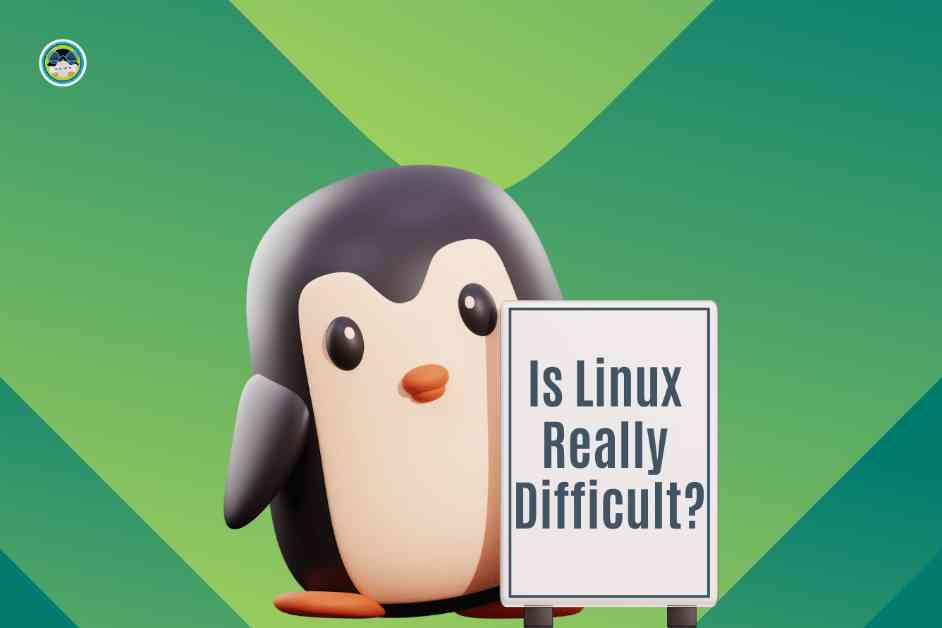Transitioning from Windows to Linux: Embracing a New Operating System
A few years ago, I was a dedicated Windows user, only dabbling in Ubuntu on college computers. However, a series of events led me on a personal journey towards fully embracing Linux as my primary operating system. From a dual-boot setup with Windows 10 and Ubuntu on my desktop to transitioning to Ubuntu 22.04.4 LTS on my new laptop, my experience has been filled with challenges and rewards.
Embracing Linux: Overcoming Initial Confusion
When I first started using Linux, I was overwhelmed by the plethora of package managers and package types. Understanding the APT package manager on Ubuntu and the different package formats like DEB, Flatpak, Snap, and AppImage took some time. However, with patience and resources like It’s FOSS, I was able to grasp these concepts quickly.
One aspect that initially confused me was desktop environments. But after exploring different options and settling on GNOME for its unique layout, I found a setup that suited my preferences. Customizing my desktop environment and exploring various extensions allowed me to tailor my workspace to my liking.
Discovering the Power of Linux: Customization and Productivity
One of the most mind-blowing aspects of Linux for me was the ability to customize the operating system to a level of detail that was not possible on proprietary systems like Windows. From GNOME extensions to system monitoring tools like Fastfetch, the possibilities for customization are endless.
In my day-to-day work, I rely on a range of applications for tasks such as image editing, music streaming, VPN usage, and office productivity. Linux offers robust alternatives to popular software, such as GIMP for image editing, Spotify for music streaming, Proton VPN for secure browsing, and LibreOffice for office suite needs.
Seamless Integration and Gaming Experience
One of the highlights of my Linux journey has been the seamless integration of applications and tools into my workflow. Whether it’s managing multiple windows and tabs with GNOME workspaces or utilizing the Vivaldi web browser for efficient tab handling, Linux has proven to be a versatile and productive platform for my work.
In addition to productivity, Linux has also impressed me with its gaming capabilities. Testing games like Cyberpunk 2077 and dedicating time to playing native Linux games showcased the platform’s performance and potential for gaming enthusiasts. With a growing library of native Linux games and compatibility with Windows games through tools like Wine, gaming on Linux is a joy.
Transitioning to Linux: Recommendations and Future Outlook
For users considering a switch to Linux, my advice is to approach the transition with an open mind and willingness to learn. While challenges may arise, especially in areas like gaming and software compatibility, the benefits of using Linux far outweigh the drawbacks.
Starting with user-friendly distributions like Linux Mint or Ubuntu can ease the transition process and provide a familiar interface for new users. With a supportive community and a wealth of resources available, anyone can embrace Linux as their operating system of choice.
In conclusion, my journey from Windows to Linux has been filled with learning experiences, challenges, and moments of discovery. As I continue to explore the capabilities of Linux and delve deeper into its customization options, I look forward to sharing my insights and knowledge with readers to help them navigate their own Linux journey.
Your Linux journey may have its ups and downs, but with perseverance and a willingness to explore new possibilities, you can unlock the full potential of this powerful operating system. Share your experiences, challenges, and successes with me as we embark on this Linux adventure together.













